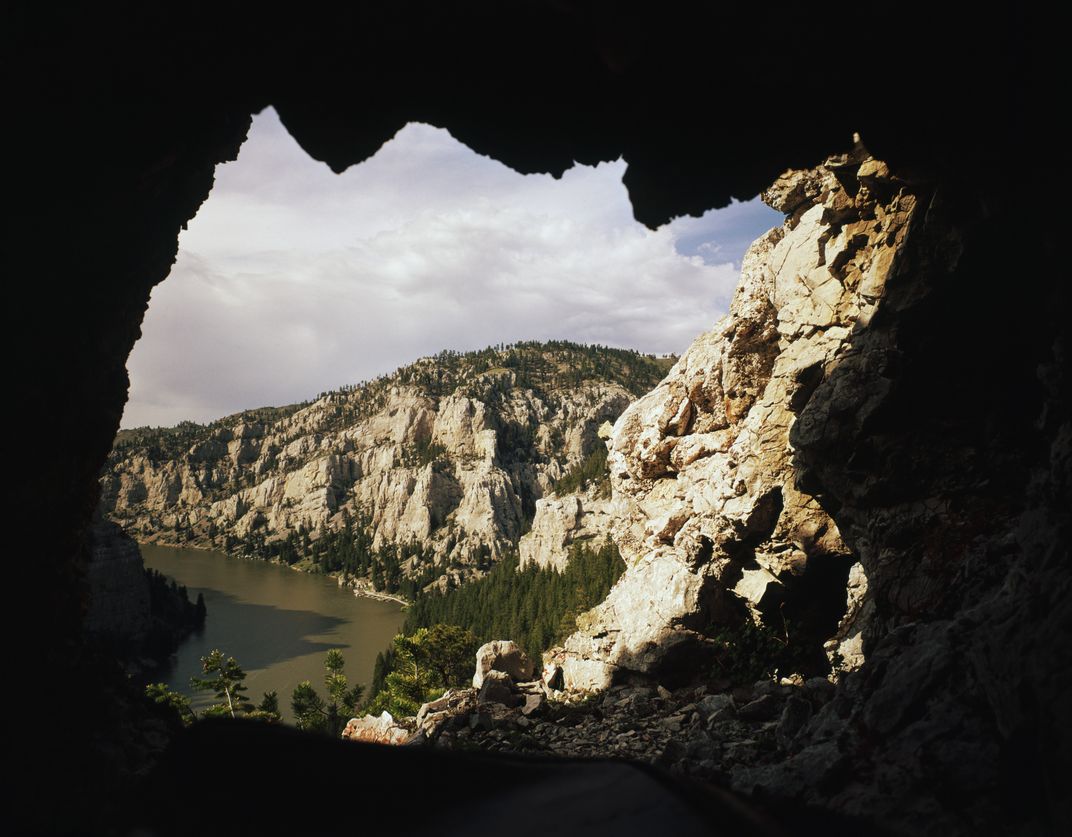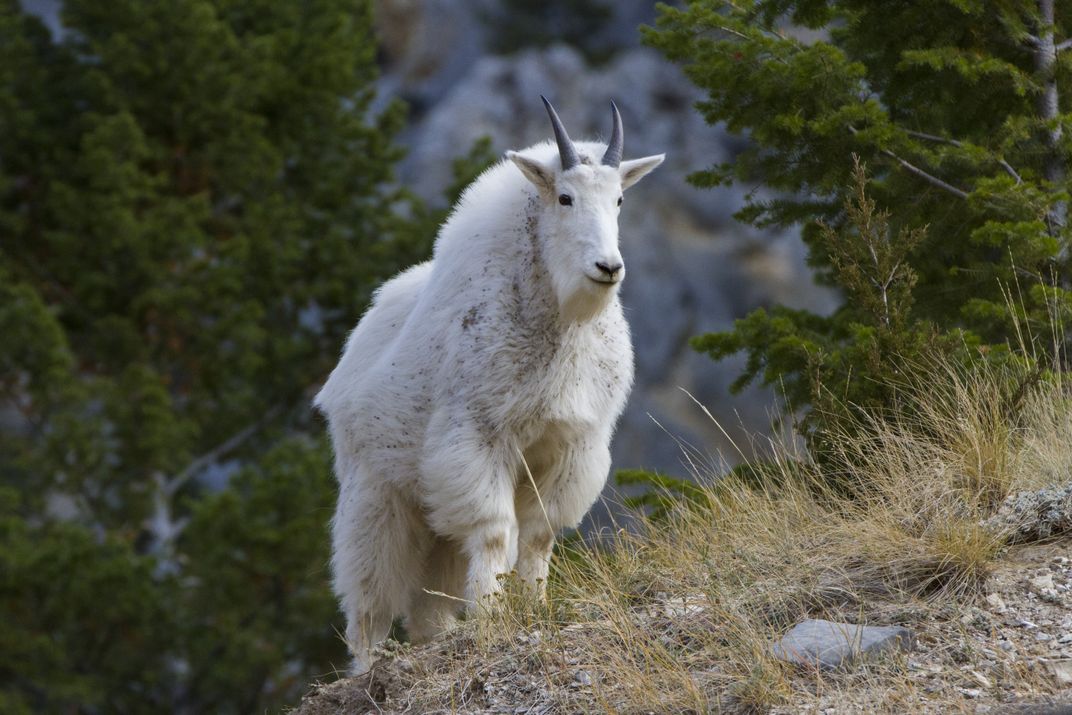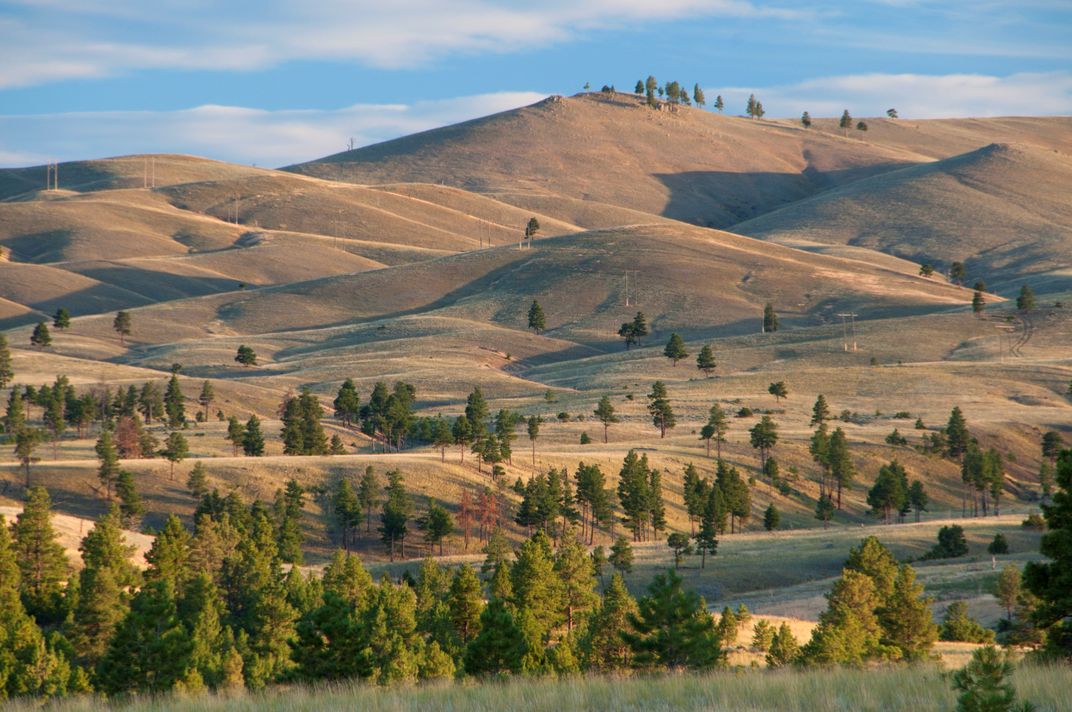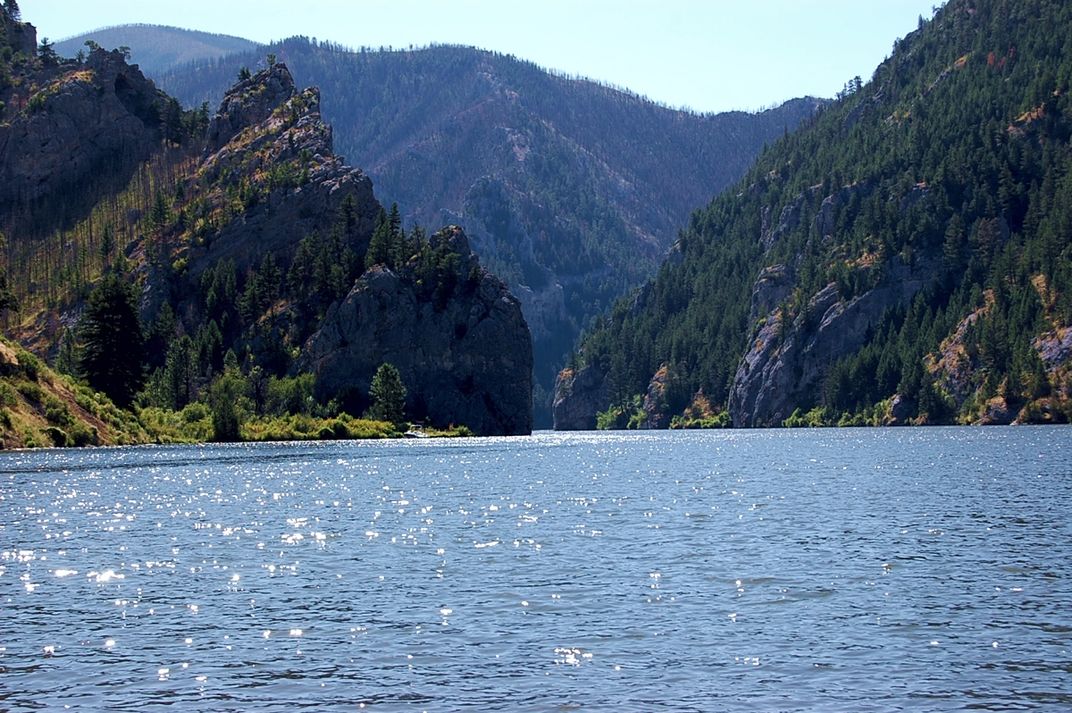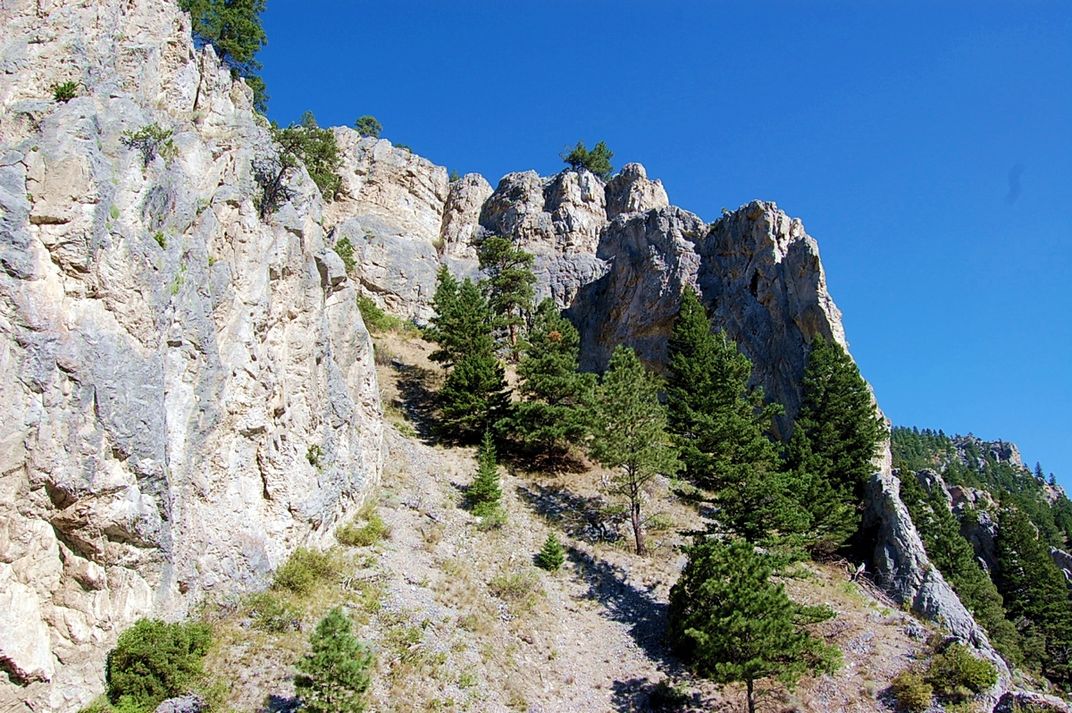Gates of the Mountains Wilderness
The Lewis and Clark Trail, gray limestone and big horn sheep
Location: Montana
Size: 28,562 acres
Year Designated: 1964
Fast Fact: Meriwether Lewis was the first person to leave a written account of the area and is responsible for its name.
Though the first people to gaze upon the peaks within the Gates of the Mountains Wilderness were Native Americans groups who passed through the region leaving pictographs, the first person to record the place in written history was none other than Meriwether Lewis, who upon seeing the area’s precipices, wrote that "from the singular appearance of this place [he] called it the gates of the mountains." From that written record came the area’s name, and today, Gates of the Mountains Wilderness is one of the most recognizable landmarks on the Lewis and Clark Trail.
The area is known for its prominent grey cliffs, which flank the Missouri River, appearing to act as a gateway toward the Rocky Mountains. The cliffs were carved from limestone, which was deposited at the bottom of an ancient lake that once covered much of Montana. Bighorn sheep and mountain goats climb the cliffs high above the river, while ospreys, golden eagles and bald eagles can be seen circling the skies.
Planning Your Next Trip?
Explore great travel deals
Smithsonian magazine participates in affiliate link advertising programs. If you purchase an item through these links, we receive a commission.
